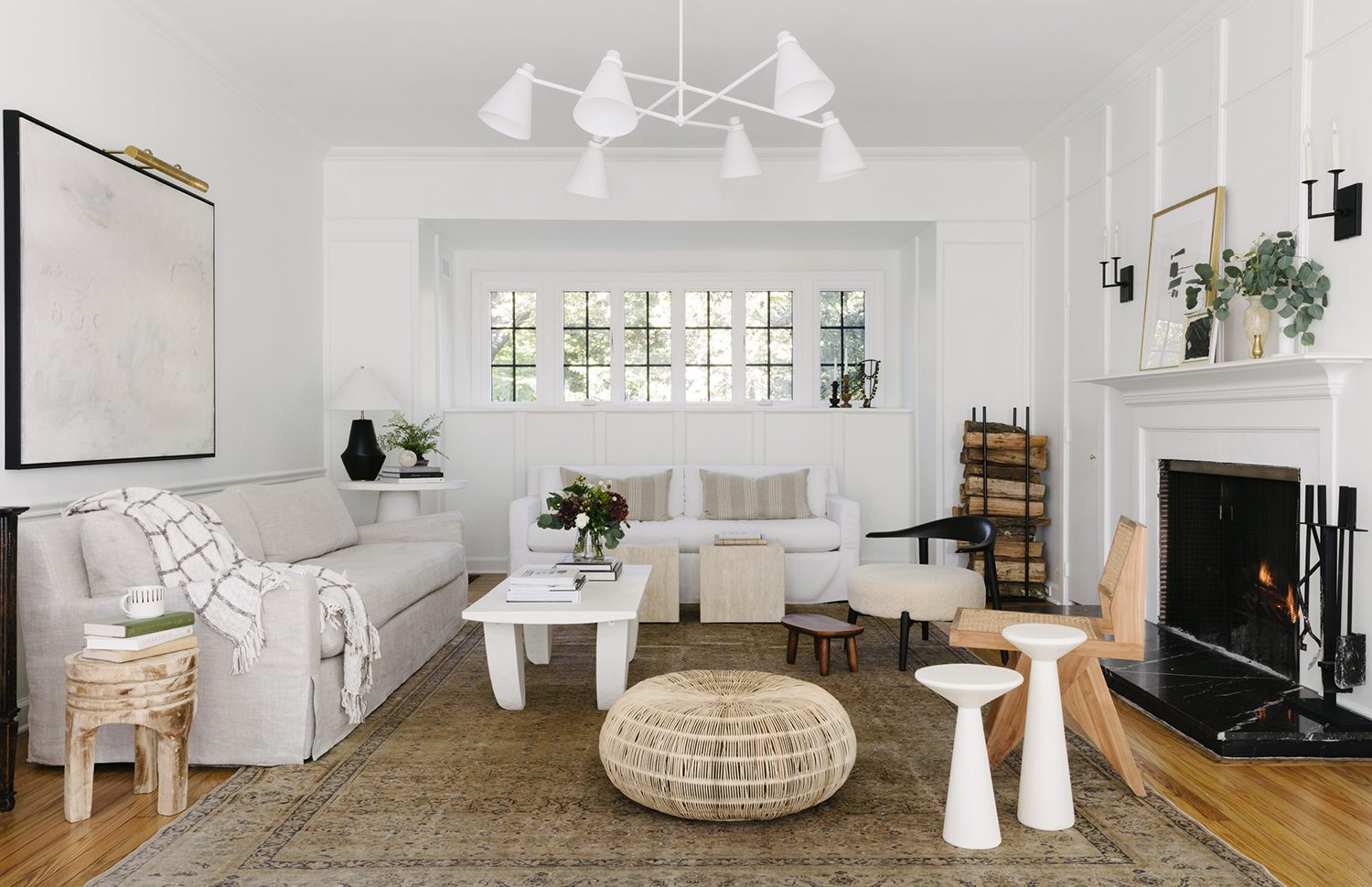Harmony isn’t just important in music—it’s also a key element of great design. But when we talk about harmony in a physical sense, what exactly do we mean? In a nutshell, harmony is the sense that one thing belongs with another—a pleasing combination of elements that work together to create a successful design.
Along with balance, rhythm, emphasis, scale and proportion, contrast, and detail, harmony and unity complete the seven principles of interior design—or the fundamental elements that create beautiful, functional interiors. You can think of them as an interior designer’s guiding forces. Though trends may come and go and decor styles may change, these seven principles are everlasting.
Of these principles, harmony and unity allow your home’s style to truly shine. Together, they act as the foundation of a room, giving a space that ineffable sense of calm and flow that puts you at ease. Without further ado, put on your designer hat for a moment and let’s dive in to the Havenly crash course on unity and harmony design principles.
What is Harmony?
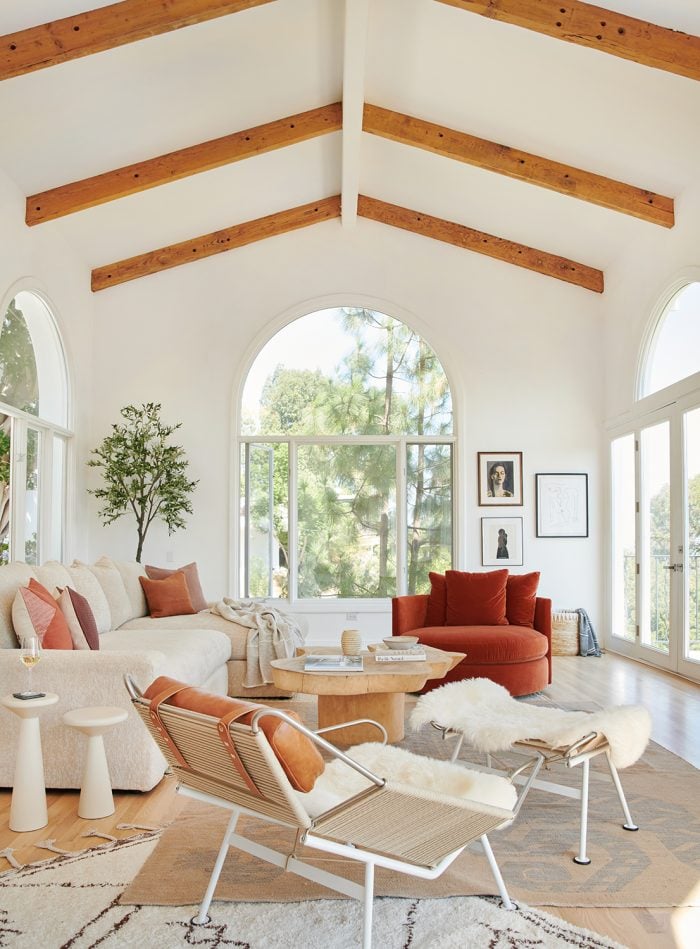
Harmony is how all pieces of furniture, decor, and color work together, whether along a theme, style, aesthetic, or mood. Think of your room as a song—all of the notes must go together to create a flowing symphony.
That said, harmony doesn’t mean everything must be matchy-matchy, it just means everything should feel like it belongs. There must be a place for everything, and everything in its place. You know the feeling you get when you walk into a room and it feels right? That’s harmony at work.
What is Unity?

Unity goes hand-in-hand with harmony—think of it as harmony’s necessary complement. It pulls the look of a space together. Whether it’s through a repetition of colors, shapes, materials, textures, or other elements, unity creates a sense of cohesion about the room.
As humans, our minds are constantly at work trying to gather information and make sense of our surroundings. In order to sort through the chaos, we often subconsciously lock onto patterns and elements that seem to go together. When we can easily get a sense of the space through a sense of unity, we’re able to feel calm and at home in it, rather than overwhelmed by colliding details.
How to Incorporate Harmony and Unity in Your Home
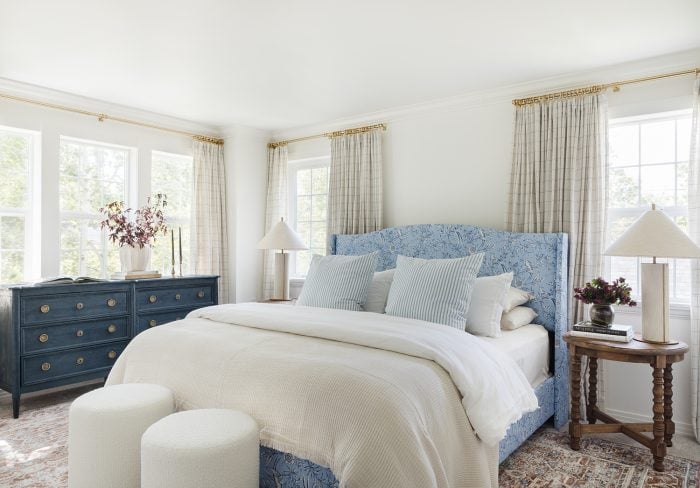
Harmony and unity act as the foundation for the rest of your interior design space. They create the base to build upon—from there, you can add personal accents, seasonal decor, or other elements that make your space feel more you. While both harmony and unity can be intuitive—a sense that things are just right—there are a few design rules of thumb you can follow to master these principles in your space. Let’s break it down!
1. Start with a palette
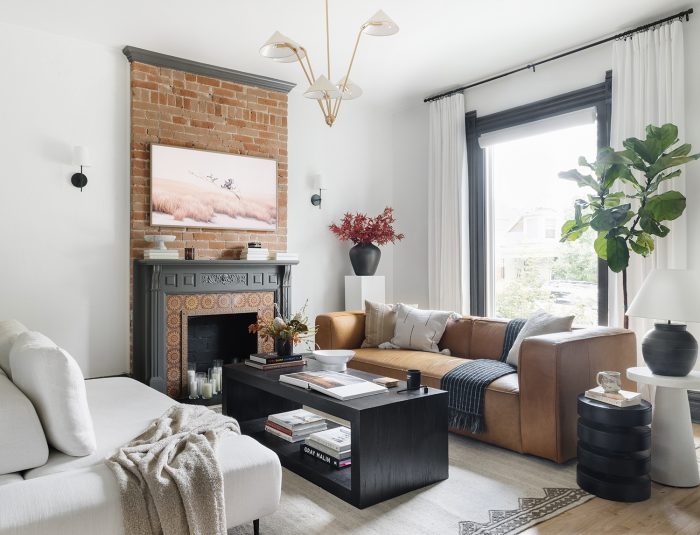
Sticking with a color palette is one of the easiest ways to unite a space and create harmony among all the different elements. Identify three to five hues you want to weave in your space, and repeat them throughout. The key to making it look natural—and not like a wedding color scheme—is varying your tones. Remember, the point is not to be matchy-matchy!
2. Lean into textures
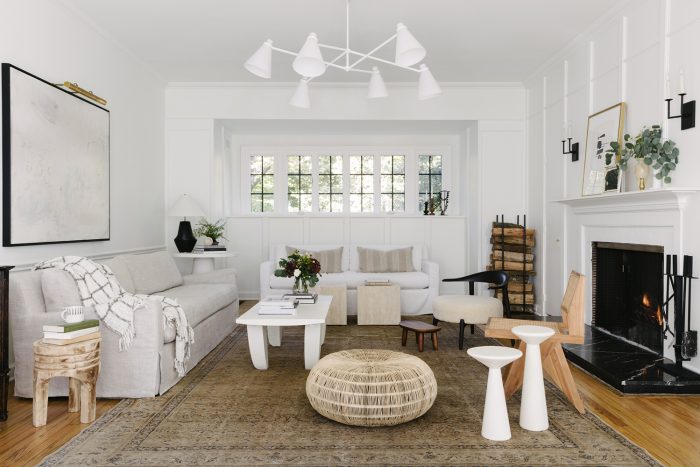
Once you’ve landed on a cohesive color palette, weave in a variety of textures that complement each other. This will do a lot to create dimension in your space, and prevent your room from looking too much like a poorly designed hotel. For instance, in this space, relaxed linens create harmony with other natural materials like stone, cane, and sheepskin. There’s enough repetition in the room (the stone coffee table with the side tables, the cane chair with the wicker pouf, the two linen sofas) to create a sense of cohesion, but enough unique textures to pull in plenty of contrast.
3. Play with patterns
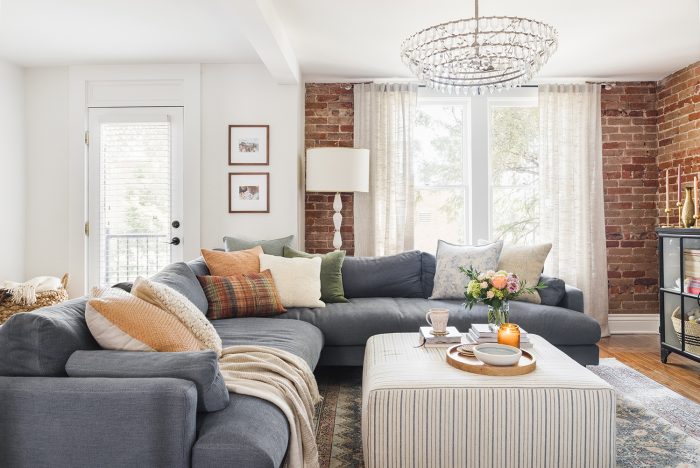
When different patterns work well, you get harmony. In this case, classic stripes on the ottoman pair seamlessly with the vintage rug, while the plaid throw balances out the watercolor-print pillows. Nothing matches perfectly, but that’s the whole point—no one pattern overwhelms the other, and their shared color palette creates a sense of unity.
4. Add something unexpected

Too much repetition can make your space look a little too cookie-cutter—but your space should reflect your own styles and taste. Designing your space with harmony and unity in mind will help you to create the perfect foundation, on which you can add a more personal touch. Bringing in distinctive elements, like an eye-catching artwork, throws, or a piece of statement furniture, will help to make the space pop.
5. Step back and edit
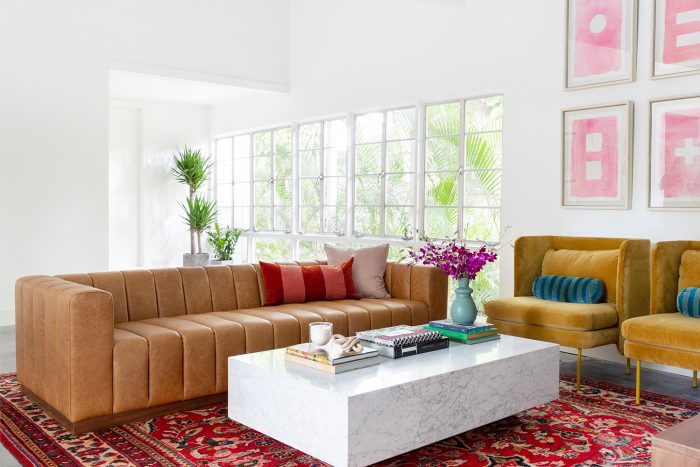
Designing a space is a process—and one that is often ongoing. To get a good sense of the harmony in your space, take a step back to take in the room as a whole. How does it make you feel? Sometimes all it takes is a different perspective to see it all coming together—or notice what might be lacking. Don’t be afraid to switch things up until everything feels right to you!
Looking for a way to overcome your unique home dilemmas? Work one-on-one with our expert interior designers for just $129 per room. Get started today with our style quiz.

